The Candy Man Killer murdered 28 people, mainly teens lured by candy or drugs: ‘Everybody was blaming the kids for their demise’

In the early 1970s, dozens of boys began to mysteriously vanish from the Houston area. Some were lured off the streets with candy or drugs. Others were snatched off their bikes. But at the time, the disappearances were often brushed off by police – the victims considered to be runaways or troublemakers.
Then one summer night in 1973, one of the most horrifying serial murder cases in American history was uncovered. At least 28 boys and young men had been tortured, sexually assaulted, and killed by Dean Corll, known as the Candy Man Killer, and his teenage accomplices, Elmer Wayne Henley and David Brooks.
The gruesome discoveries were made after Henley shot and killed Corll in what he said was self-defense. He then led police to a boat storage shed where many of the bodies were found wrapped in plastic and buried in the dirt under a layer of lime plaster.
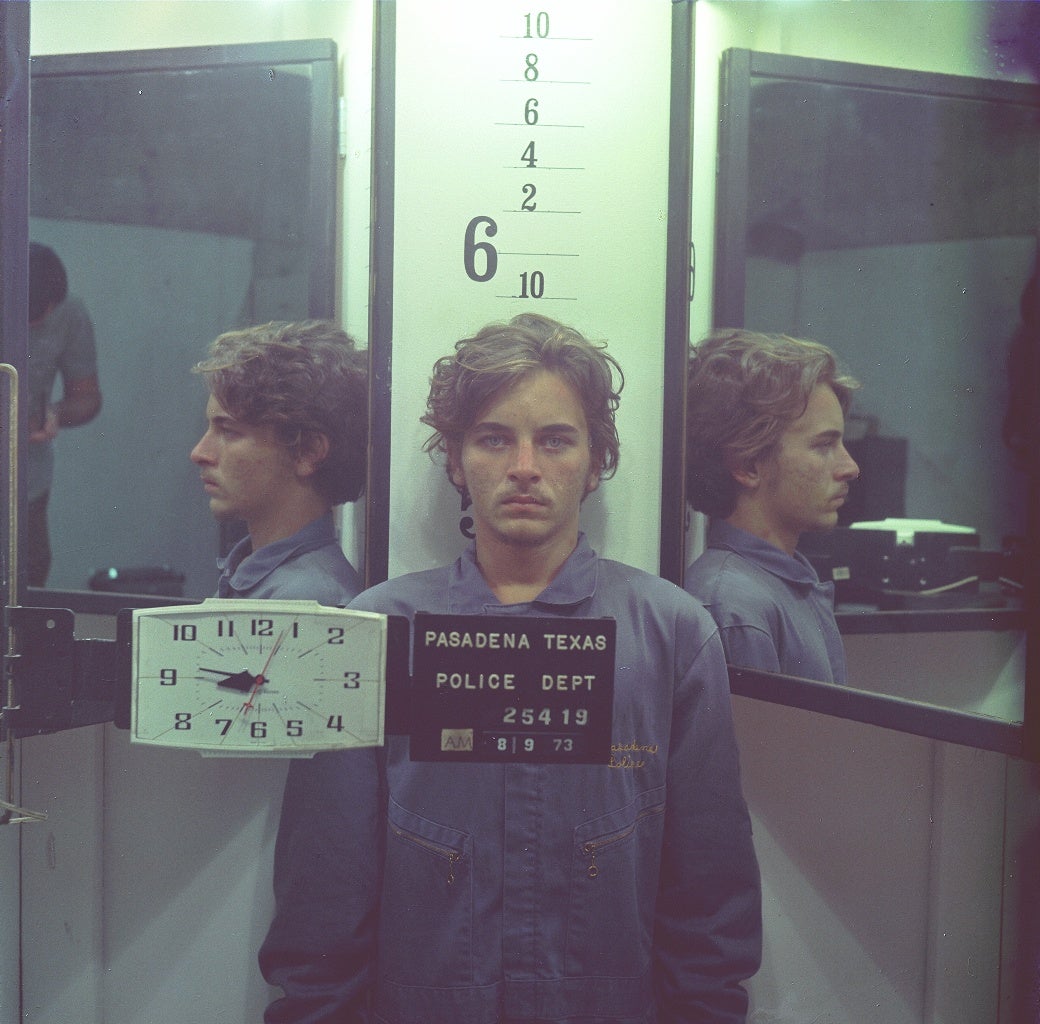
The male victims, aged between 13 and 20, came to be known as the “Lost Boys.” But back then, people didn’t ask what happened to them – they usually asked what they’d done to deserve it, says the friend of one of the victims.
“Everybody was blaming the kids for their demise… not realizing that these kids were good kids,” Debbie Stellas told The Independent. Her childhood friend, Billy Lawrence, was one of those kids that were targeted.
“They weren’t hoodlums. They weren’t out to get into trouble. They were just innocent young boys that got kidnapped.”
Stellas and Lawrence were only teenagers when he disappeared in 1973, and the truth behind his death still horrifies her.
“Being murdered was one thing — but being tortured and then murdered was another,” she said.
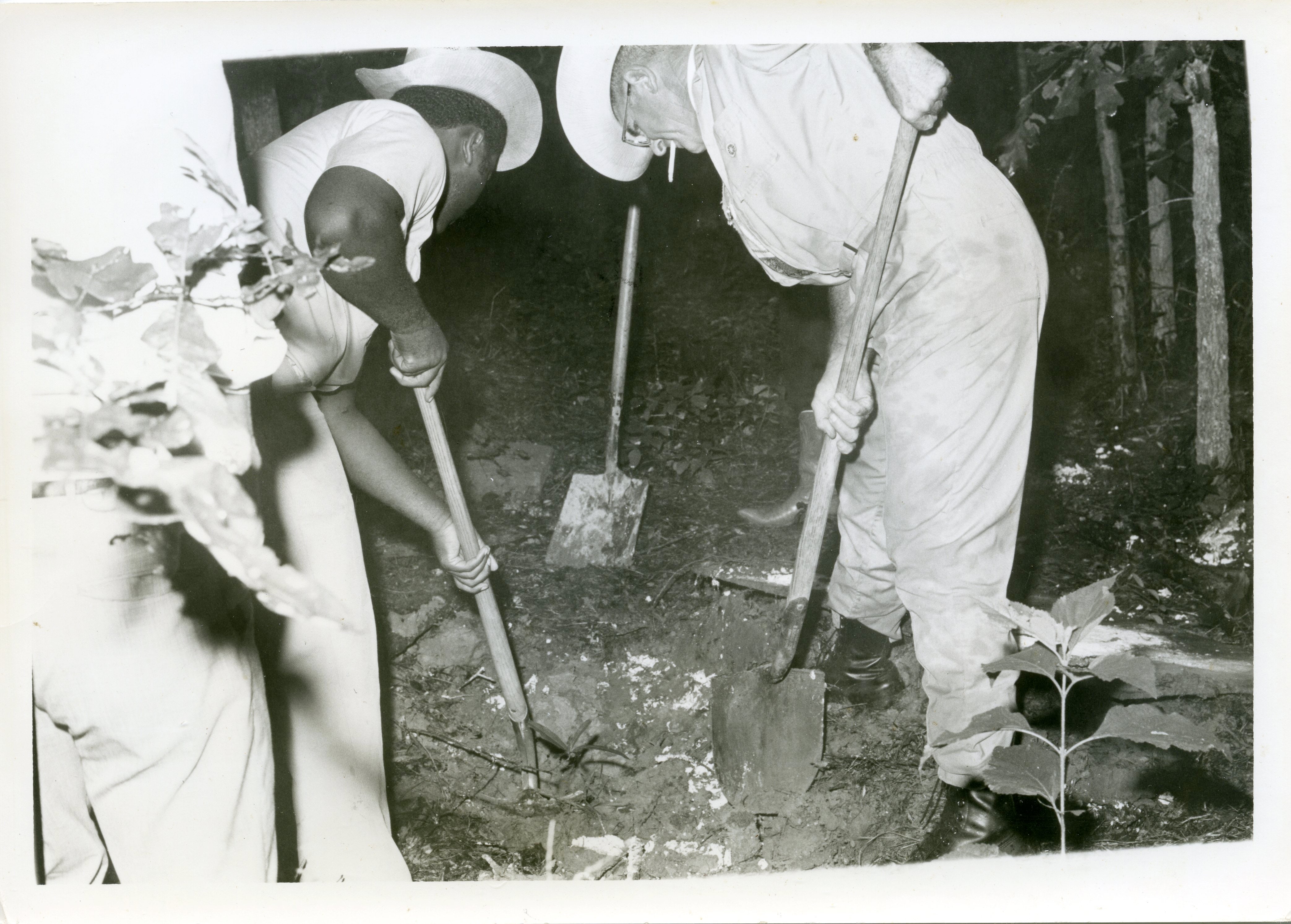
Now, more than five decades later, a new Investigation Discovery documentary is revisiting the case. The Serial Killer’s Apprentice features some of the victims’ loved ones, including Stellas, who said she hopes to honor Billy with her words. Most shockingly, it features an in-depth interview with Henley, marking the first time he has spoken about his crimes.
Confessions of a killer
Henley was only 14 years old himself when he became entangled in Corll’s disturbing enterprise. From 1970 to 1973, he helped the serial killer collect victims to torture and murder. He would later tell police that Corll paid him and the other teen accomplice $200 for each victim he lured.
Then he reached his breaking point.
On August 8, 1973, Henley shot and killed Corll, who was 33, with the killer’s own .22 pistol.
When he was taken into custody, Henley told police about their heinous crimes, bringing an end to the infamous killing spree.
Both Henley, and David Brooks, then 18, led investigators to multiple burial sites, including the boat storage shed, Lake Sam Rayburn, and a beach near Galveston, according to Houston Public Media. Bodies were found at each site, totaling 28 victims, though officials believe the true death toll of the “Houston Mass Murders” will most likely never be known.
Henley, who was only 17 years old at the time, confessed to six of the murders and is now serving six consecutive terms of 99 years of life in prison in Texas. He will eligible for parole in October 2025 at the age of 70.
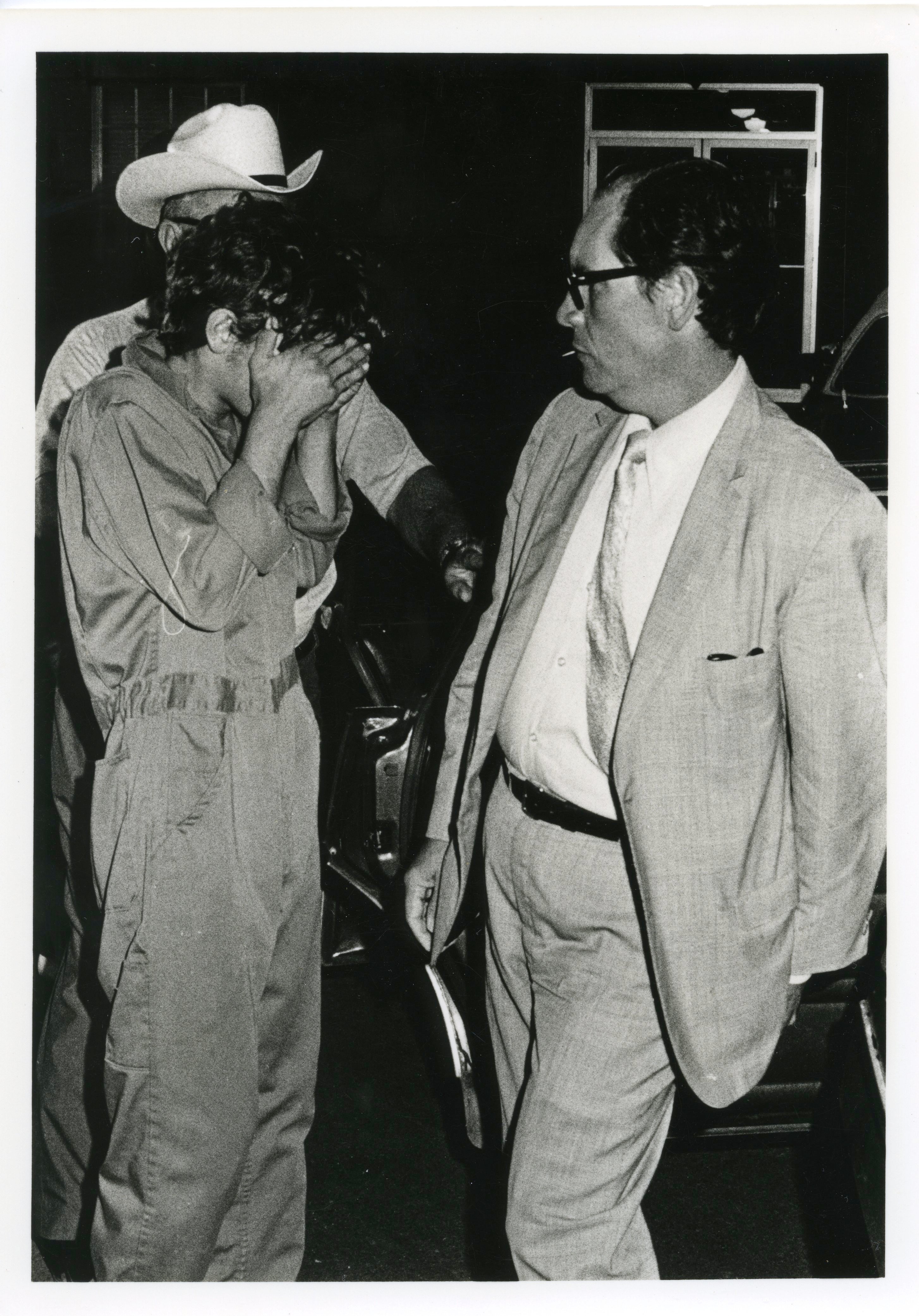
In the documentary, Henley sits down with renowned criminologist Dr. Katherine Ramsland for a phone interview that explores his psyche, his relationship with Corll, and his motivations.
“I’m not trying to absolve myself of guilt,” Henley says in the documentary. “I’m trying to make people see the truth.”
Ramsland, who co-authored the book The Serial Killer’s Apprentice with Tracy Ullman, coaxes him to explain how he got entangled in such a horrific scheme.
Henley reveals that he met Corll through his friend David Brooks, who had befriended him one day while he was skipping school in Houston Heights, a nice neighborhood just north of downtown Houston, full of Victorian homes.
Corll was infamously nicknamed “The Candy Man” because he was known to hand out free candy to kids at his parents’ candy store.
Henley recalled how Brooks convinced him to visit Corll under promises of fun and drugs. For a brief moment, he feared he was in danger. But Henley was quickly accepted into their group, and little by little, became an accomplice too.
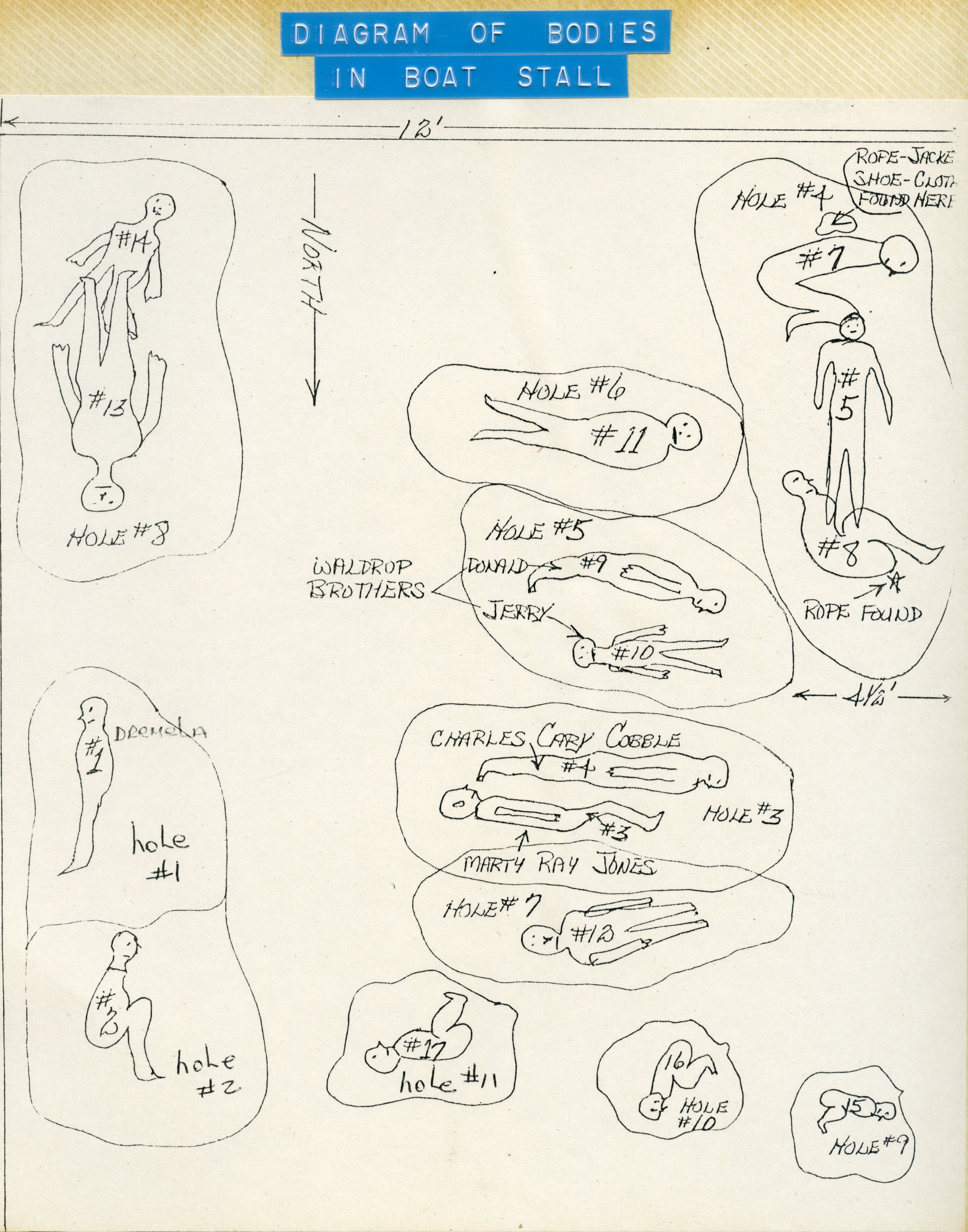
“Here’s what sticks with me, what hurts me. I believe I was taken over to Dean’s as a victim,” he tells Dr. Ramsland in the doc. “What scares me is – did the Dean recognize a fellow psychopath?”
Ramsland explains in the doc that Henley and Brooks were tasked with bringing in the boys for Corll, Some of them were their own friends. Many were vulnerable kids – the “throwaway kids that no one would miss,” Dr. Ramsland said.
In another chilling moment of the documentary, Henley recalls being forced to commit his first murder to prove himself to Corll.
“He insisted I kill someone,” Henley admitted. So he did, again and again.
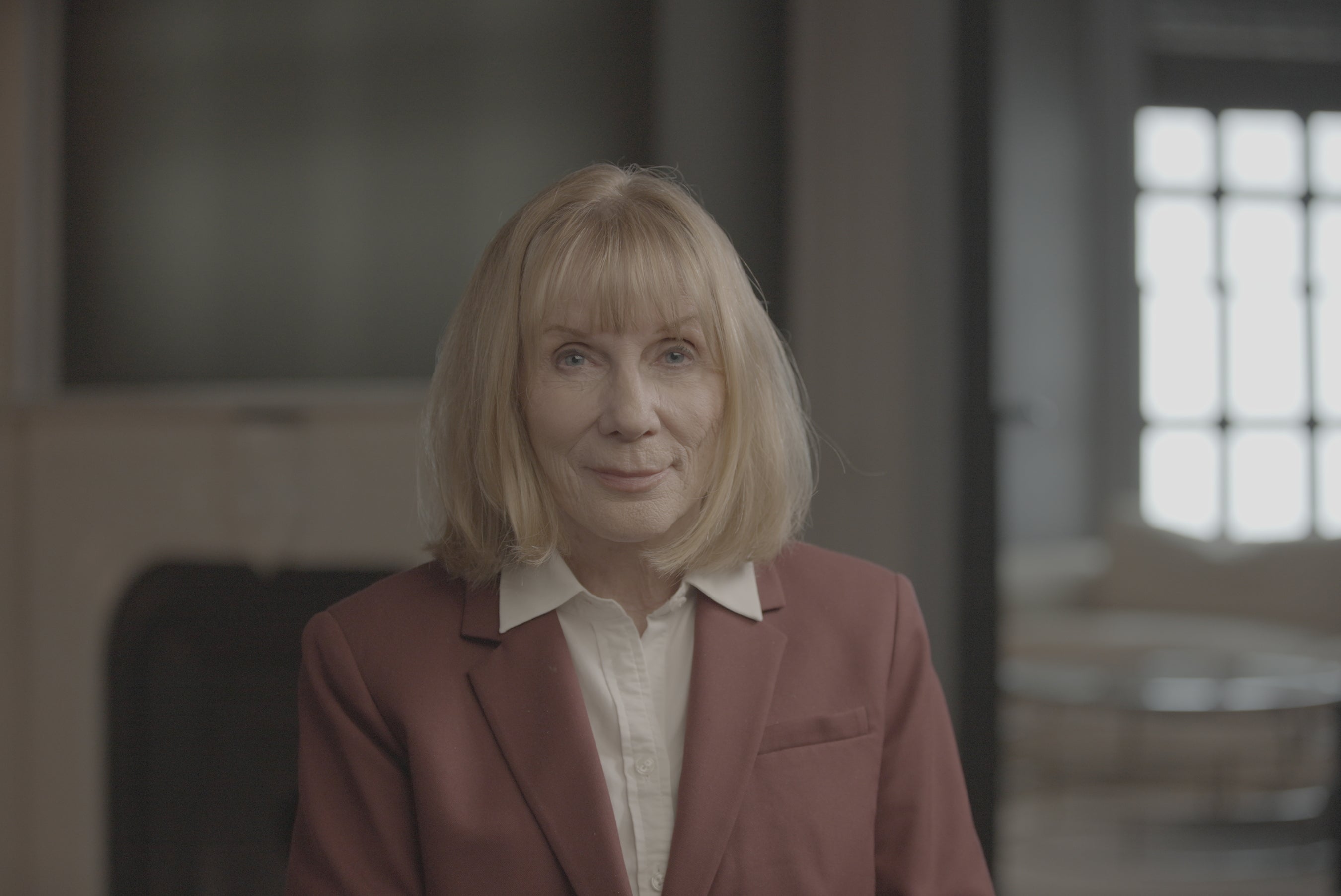
“I basically gave in and tried to become what Dean wanted me to be,” he said.
Brooks also received life in prison for his part in the murder spree. He died in prison in 2020 due to complications from COVID-19.
‘It was a nightmare’
Debbie Stellas shared faded memories of her time with Billy.
They went to different Lutheran schools, but after meeting at a basketball tournament, they became close friends.
“It was a big thing.” she recalled. “You just go bowling or roller skating, you know, as groups – and we’d hang out after a game at a pizza place.”
“You know, we weren’t dating because we were only 14,” she chuckled.
But Billy often spent time at Stellas’ childhood home, something she later realized was how he coped with the loss of his mother, who’d died from cancer.
“His mother had passed away before I met him. And when he would come over to the house, he just was very drawn to my mom,” she said. “One time he wanted to know if she would bake chocolate chip cookies with him.”
“He was just missing his mom so much,” she continued. “He was very close to her.”
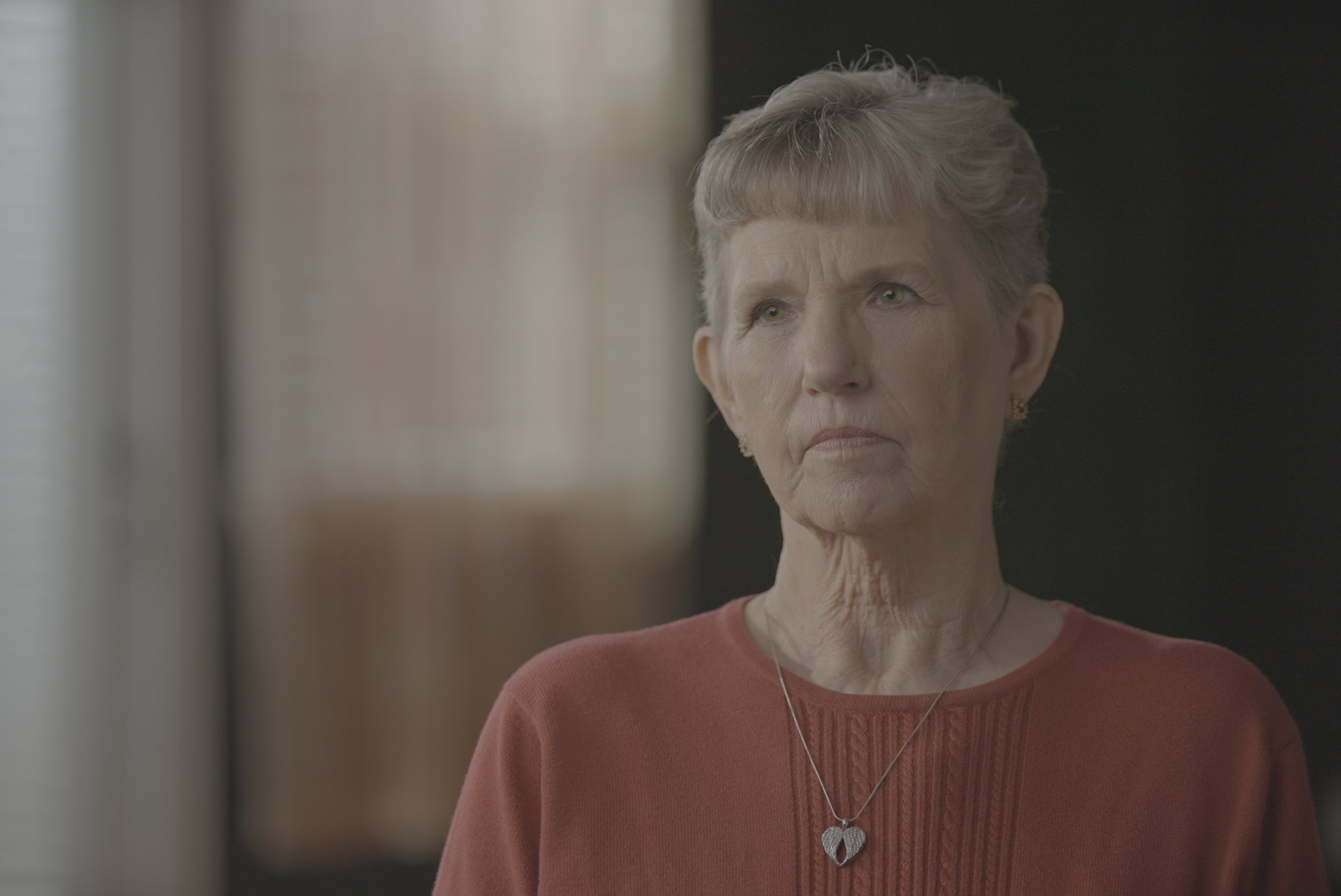
“He just wanted to be part of a group or a family. He really wanted a family. That was the real thing,” she said, adding that it was a very rough time for Billy and that being lured in by Corll with the promise of fun and friendship took advantage of his vulnerable state.
Participating in the documentary brought back painful emotions for Stellas, but she felt like it was a way she could honor her friend.
“I thought with time, you know, time heals all wounds, but it was pretty emotionally draining,” she said. “But I’m still glad I did it. I really am. I think it was the right thing to do.”
Stellas said she still remembers watching as the tragedy unfolded on the news — and the shock of learning of the mass graves.
“It threw everybody off, even the police,” she said. “It was such a bizarre, pathetic thing that happened.”
Billy was 15 years old when he went missing on June 4, 1973, while out fishing at Lake Sam Rayburn. His body was later found buried near the lake, along with three other victims Corll had abducted and killed.
“You just felt like it was such a nightmare,” she recalled. “And every day more and more stuff was coming out about it and. Oh, gosh, for months things were coming out about it.”
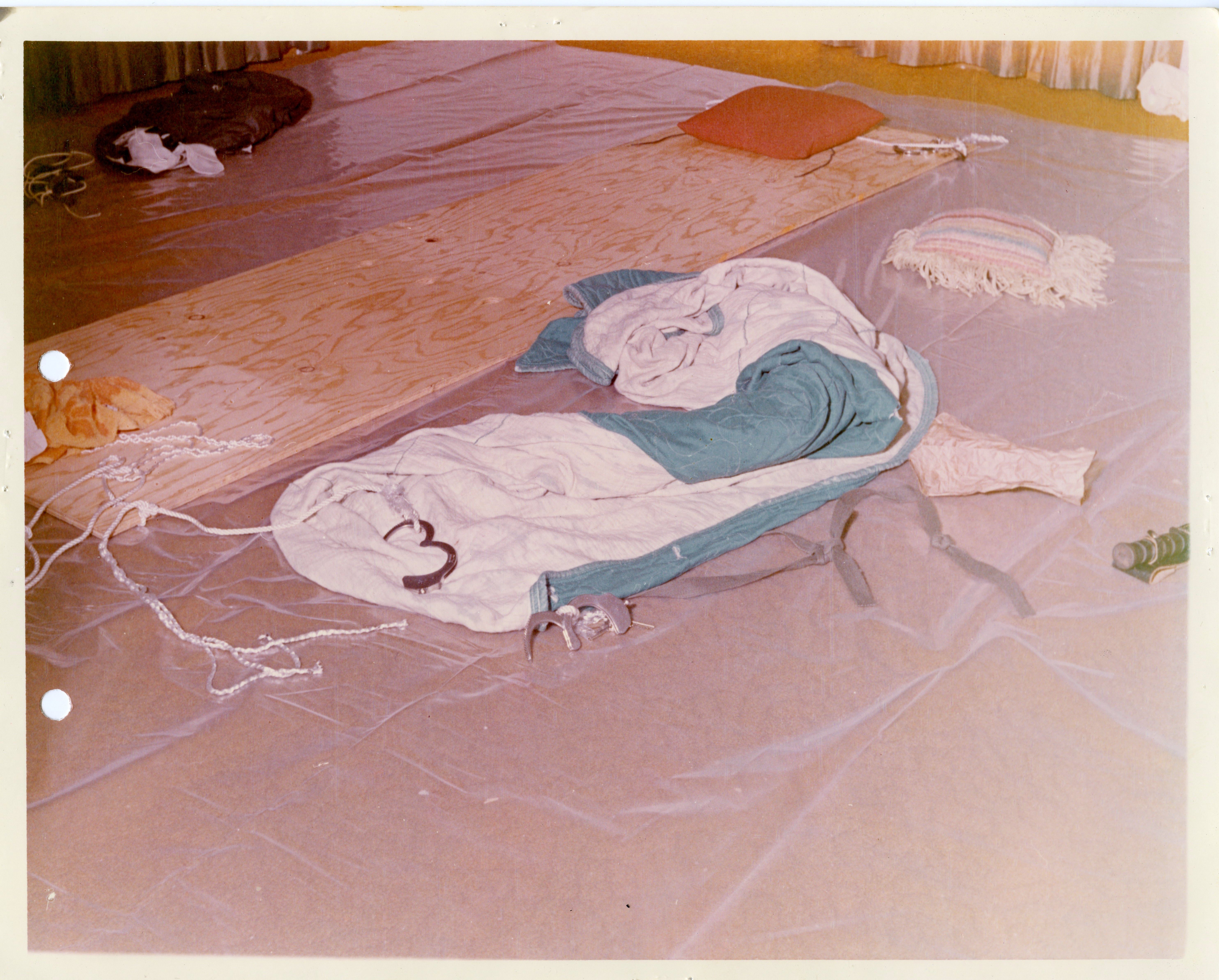
In the documentary, Henley mentioned that he was friends with one of the victims, a boy who lived half a block from him. Henley was the one who lured his friend David Hilligeist to Corll.
“I grew up with him,” Henley said. He even helped put out flyers for his missing friend, even though he knew what Corll would have done to his friend.
“That was his hero complex,” Dr. Ramsland explained. “He wanted to help bring his friend home.”
It was enough for Henley to get angry at Corll, enough for him to tell an uncle, and to tell the police.
But no one would listen. No one believed him. Like some of the victims, he was vulnerable. His childhood had taken its own rought turn when his father became an alcoholic and eventually left the family.
“I was having problems dealing with my parents divorce and the doctor put me on valium when I was in the ninth grade,” he told Dr. Ramsland in a phone call from prison.
“I had to redo the ninth grade. Which was possibly the worst thing they could’ve done to me. I was bored to tears.”
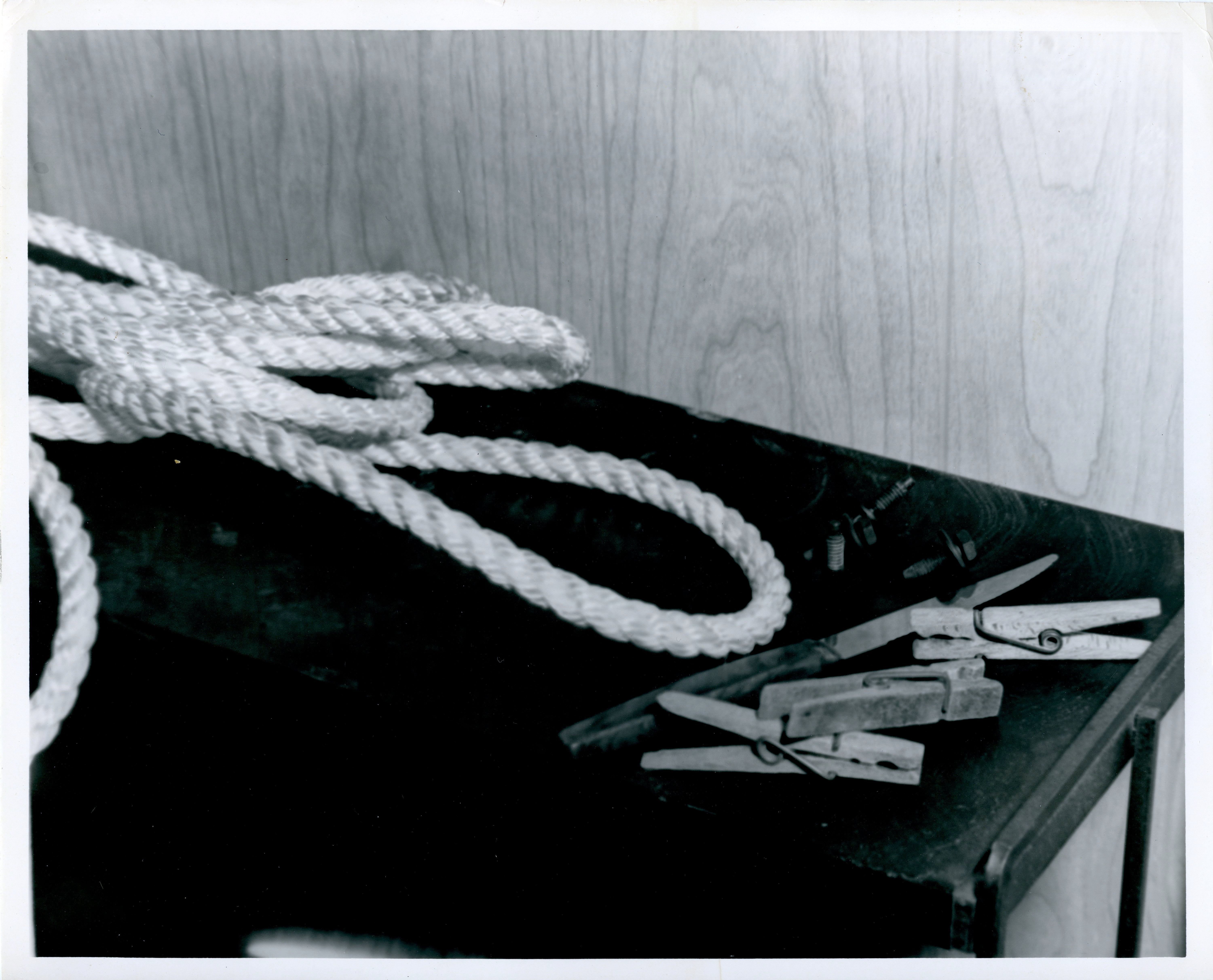
Stellas told The Independent that after all these years, she hadn’t known about Henley’s past with his father until the documentary.
“He has a voice too, that needs to be heard,” she said.
But to her, his crimes remain incomprehensible.
“I was reading more and more things about Wayne Henley and I could never come to the conclusion of why he was doing this,” she said. “What was he gaining by participating in this sickness?”
When Henley is eligible for parole in October, Stellas says she wants to have a say in keeping him behind bars, forever.
“Let him die in prison.”
The Serial Killer’s Apprentice premieres at 9 p.m. on Sunday, August 17 on Investigation Discovery and will be available to stream on HBO Max.




